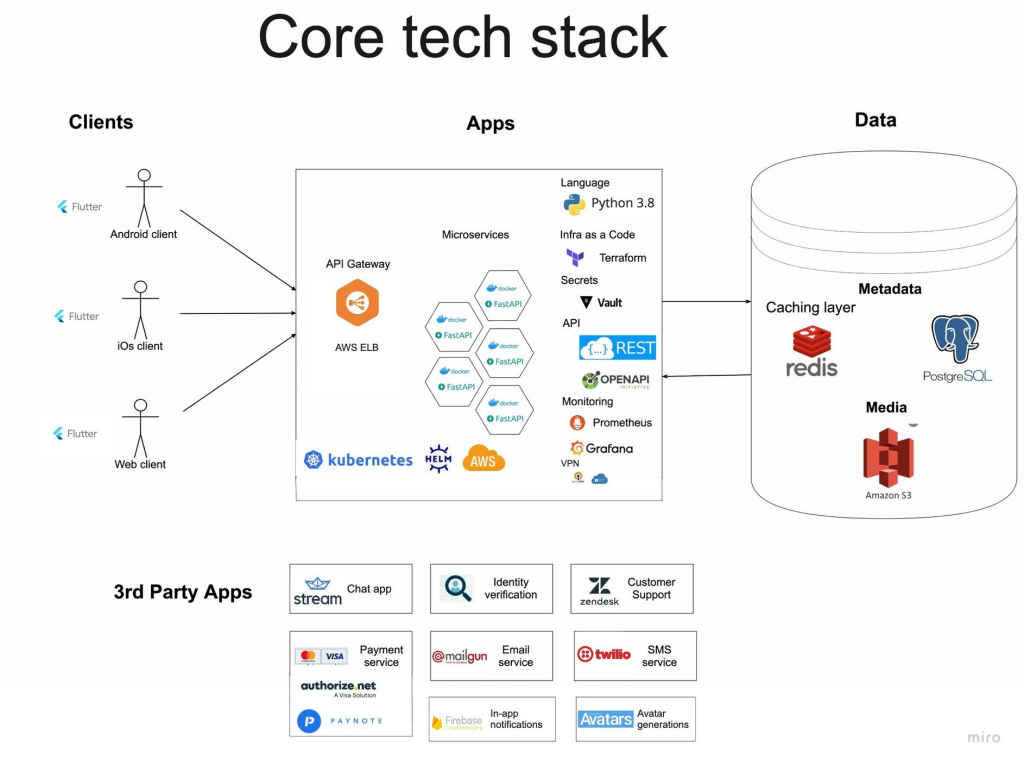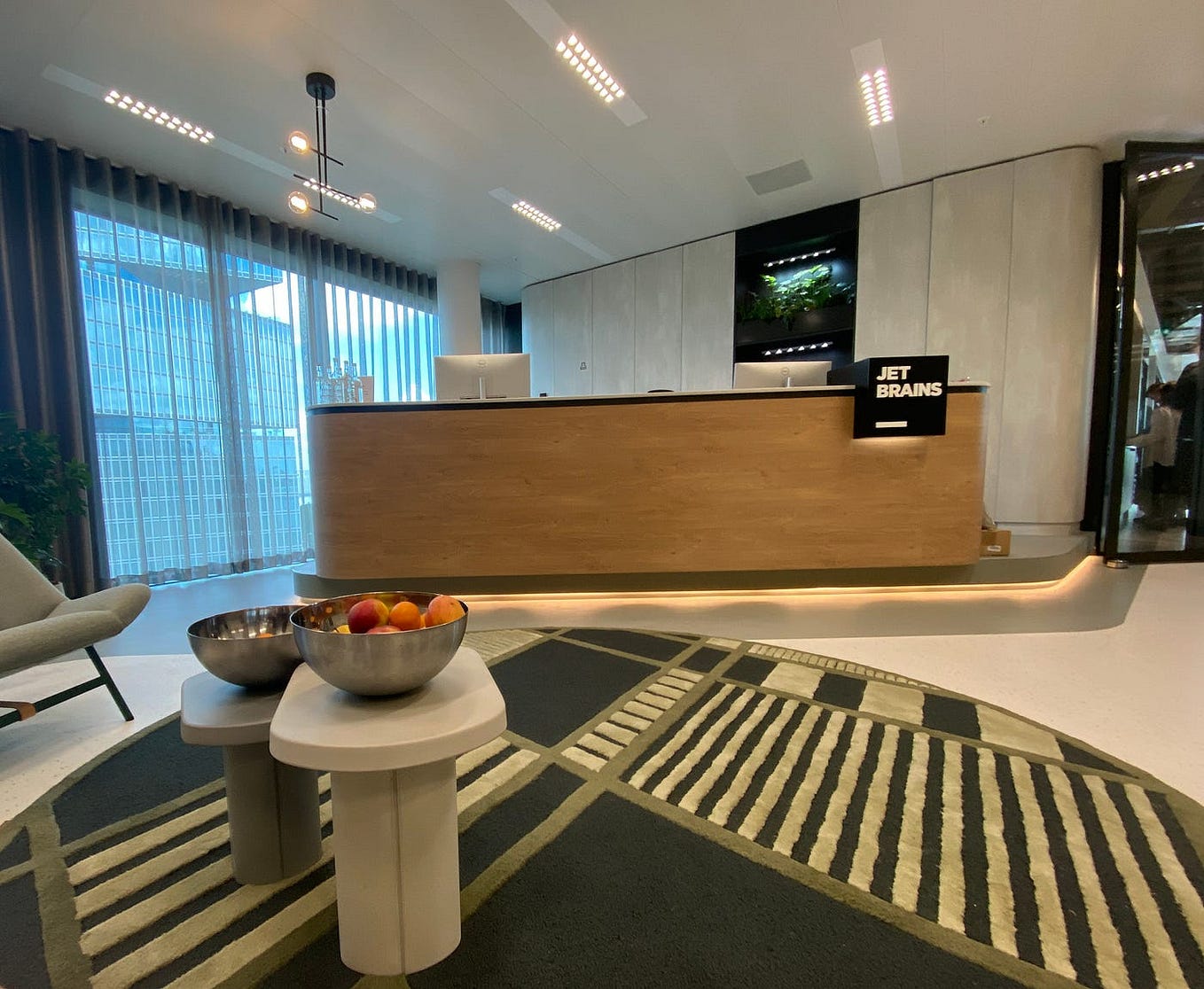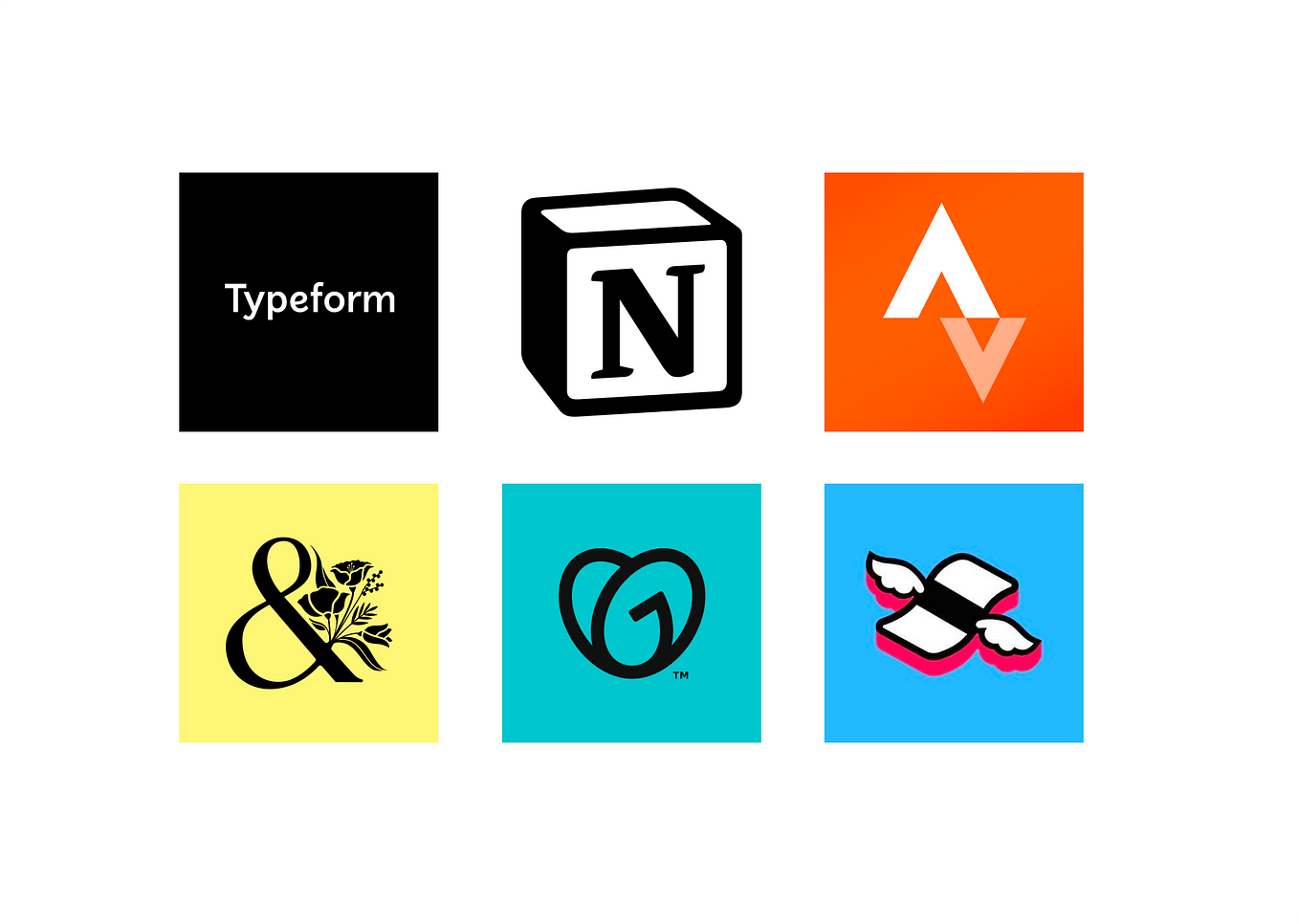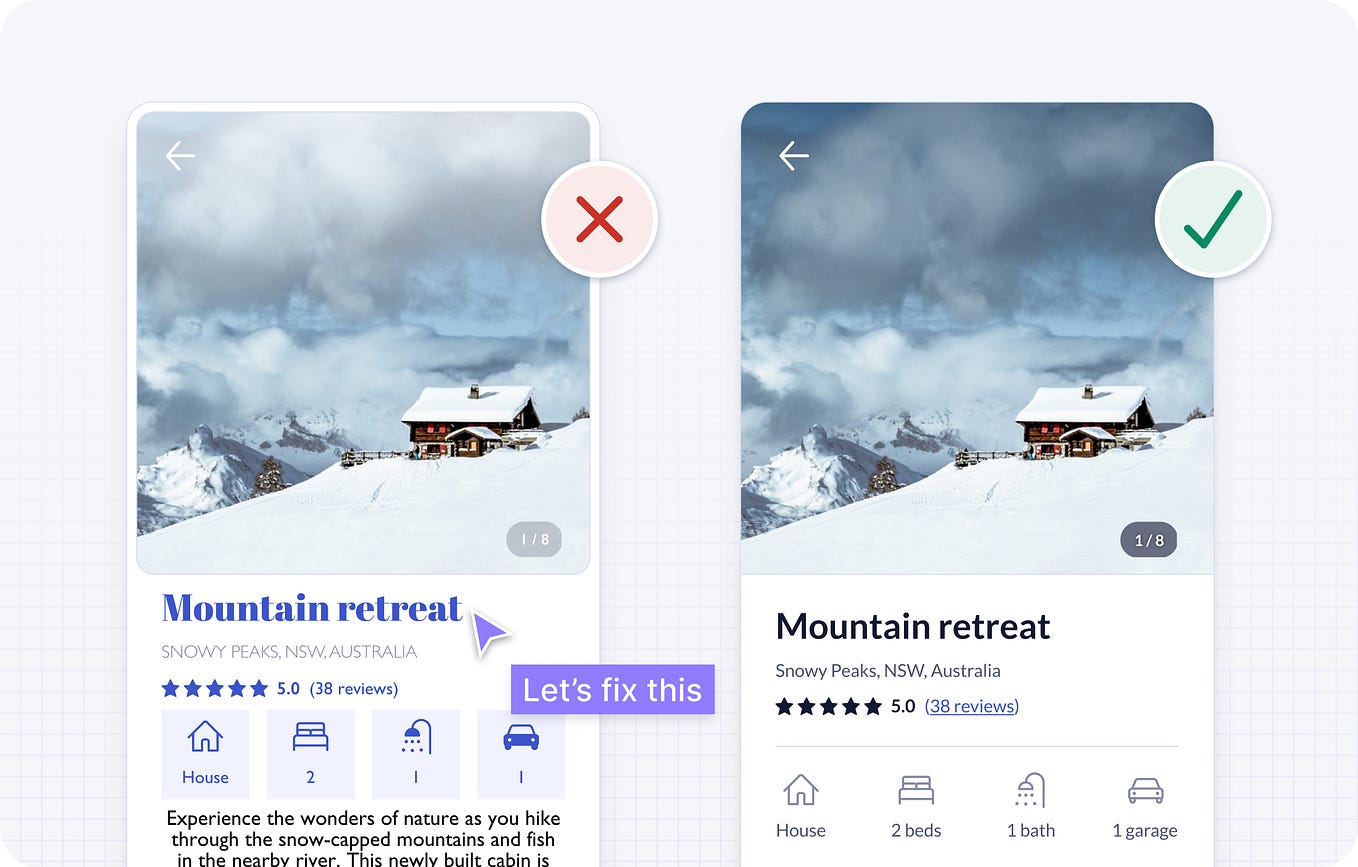—
If you haven’t heard about JetBrains, you might be unfamiliar with the tech industry. JetBrains caters to a niche audience: the developers and programmers who thrive on tech jargon. This company has pioneered several vital tools for software developers and teams.
More impressively, they’ve introduced Kotlin, a modern multiplatform programming language. Its immense popularity within the developer community led to its endorsement by Google for Android mobile development.
Curious about how products for developers are managed? Dive into my experience at the JetBrains Amsterdam office.
During my Amsterdam trip, I was extended an invitation to visit the JetBrains office by Egor Tolstoy. Renowned within the Russian-speaking product management community, Egor wears many hats: a public speaker, host of the “Podlodka” podcast, and a popular blogger. Though we had scheduled the visit, an unforeseen personal emergency caused Egor to leave Amsterdam. Nonetheless, he introduced me to his colleague, Denis Ambatenne, the senior PM of the Kotlin team. So, thanks to Egor’s foresight and ability to delegate, this #InTheOffice tour proceeded.
Firstly, the role of a product manager at JetBrains differs starkly from that at B2C e-commerce companies. Denis’s prior experience spans product management at a large video streaming service and an international software development company. However, he began his journey deeply embedded in software development, a domain he passionately loved. Spotting an opportunity at JetBrains for a programming language PM, he decided to marry his PM experience with his foundational passion.
Denis found the merger of programmer and manager roles immensely rewarding. The synergy of engineers addressing developer issues, backed by comprehensive understanding, crafted a vibrant workspace. Yet, understanding the exact scope of the PM role in the Kotlin product team proved elusive initially. While the core focus remained on Kotlin users’ needs, quantifying the impact of each product enhancement on the company’s standing and revenue was complex. Hence, prioritisation and making the right choices for the product backlog were quite challenging.
JetBrains employs a strategy termed “life by a million improvements”, a play on the proverb “death by a thousand cuts.” Though challenging, it’s a sensible approach when your product serves a vast developer community. JetBrains also routinely conducts customer-focused surveys (CSAT) to track the main trends and assess the delivered value.
Another metric is the feedback-driven rankings, such as the Stack Overflow Developers Survey, which garners input from 90,000 developers and the State of Developer Ecosystem Research, hosted by JetBrains and covering about 30,000 developers. There are different types of questions in these surveys related to the most commonly-used programming language, but also the most admired and the most desired one. Let’s agree, this is not the same thing, especially in the domain of software development tools.
Discovering the JetBrains Office
JetBrains’ Amsterdam office nestles in the city’s southern region, housed within a huge A-level business centre. I took a long walk from the city centre and evidenced how the city changes with every mile. That part of the city had suffered an experiment focused on the city’s architectural style changes in the 90ties. Amsterdam RAI Exhibition hosting events for millions of visitors is located across the street and surrounded by other modern buildings. Spanning ten floors of the building, the JetBrains office boasts open terraces and exudes “Dutch pragmatic modernism”.
Beyond workspaces and meeting rooms, there’s a large public space complete with a dining hall and a coffee shop — no “special Amsterdam-style” cupcakes, but a professional barista in place. That was the best flat white coffee I had in the Netherlands!
Also, there are many places for rest: a space for table games, a pool table, a huge TV with a game console, a bedroom with a full-size bed and even a flight simulator. I visited many offices, but that was the first place I saw where you can literally “fly like a bird” after a successful feature release 🙂
The ground floor bears Amsterdam’s signature — bike parking. JetBrains has a dedicated parking space for bikes placed at multi-level storages. Also, the office supports bike riders with shower rooms and special wardrobes where you can place your clothes after a long ride and have them clean and fresh for a returning ride.
Putting Customers First: Inside JetBrains’ User-Centric Approach
My favourite question for a product company representative is about customer research.
At JetBrains, the qualitative data is in the first place due to the difficulties with metrics mentioned above as well as due to the direct access to their user base. Denis shared that in his initial three months, he conducted around 110 customer interviews, surpassing his cumulative past engagements. This underscores JetBrains’ user-centric approach.
Another strategy at JetBrains is one of my favorite frameworks developed by Sean Ellis (Dropbox, LogMeIn, and Eventbrite) and then popularised by Rahul Vohra, the CEO of Superhuman.
The main question you should ask your customers before the interview is about how they would feel if they could no longer use your product. Those customers, who answer “very disappointed” is your main target audience and their needs are worth spending the bulk of the product team’s attention. Leveraging this, Denis and his team recognized Kotlin’s primary benefits. Users applauded Kotlin’s clarity, facilitating rapid onboarding of new developers. This feedback steered a principle: to retain simplicity in syntax and platform structure. JetBrains instituted a dedicated review panel to ensure this tenet remains paramount.
Another interesting topic we discussed is the team’s focus on customer satisfaction rate rather than on company revenue. Kotlin was created as a better alternative to old programming languages — built by developers for developers. This philosophy remains intact, championed by the company’s founders. Actually, having a stable business model focused on the corporate long-term subscription, you can afford this approach. Happy customers are a great support helping the company to build new tools and constantly improve the existing products!
If you’re contemplating a career move, JetBrains is on a hiring spree. Explore their career portal and perhaps join their 100+ openings across Europe.
All #InTheOffice stories are here: https://merkushev.ru/en/.
In order not to miss the next report, subscribe to my Telegram channel or follow me on Twitter.
12 min read5 days ago
—
—
- SEO Powered Content & PR Distribution. Get Amplified Today.
- PlatoData.Network Vertical Generative Ai. Empower Yourself. Access Here.
- PlatoAiStream. Web3 Intelligence. Knowledge Amplified. Access Here.
- PlatoESG. Automotive / EVs, Carbon, CleanTech, Energy, Environment, Solar, Waste Management. Access Here.
- PlatoHealth. Biotech and Clinical Trials Intelligence. Access Here.
- ChartPrime. Elevate your Trading Game with ChartPrime. Access Here.
- BlockOffsets. Modernizing Environmental Offset Ownership. Access Here.
- Source: https://betterprogramming.pub/empowering-peoples-brain-a-visit-to-jetbrains-office-in-amsterdam-ba9d975a4079?source=rss—-d0b105d10f0a—4













